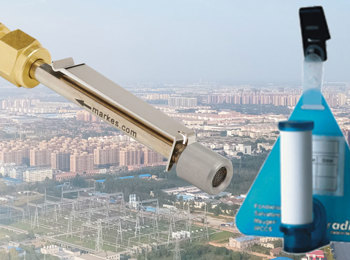
Passive sampling
Overview
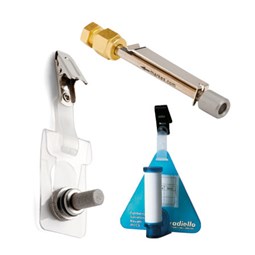
Passive sampling or diffusive sampling of air onto sorbent media uses the principle of Fick’s first law of diffusion to target known sample environments. Using this approach, analytes migrate to the surface of a sorbent bed at a rate that depends on the conditions.
Diffusive badges for personal monitoring require solvent extraction and analysts now have access to greener technologies such as the POD Sampler.
Passive sampling is used when studying known compounds, and quantitation is possible using validated uptake rates. The technique is widely used for monitoring personal exposure, for large-scale environmental studies, and for indoor air monitoring.
Benefits of passive sampling
- No power source is required, so it can be used for long-term, time-weighted-average monitoring for determining exposure levels in line with occupational health guidance.
- Supplies are easy to transport and use, and suitable for a wide range of common volatile organic air pollutants.
- When used in personal exposure monitoring, passive samplers are silent and unobtrusive.
- When used in environmental air monitoring, their relatively low cost makes them suitable for large-scale deployment.
Types of passive sampler
There are two approaches to tube-based passive sampling: axial passive sampling and radial passive sampling. These are explored in Application Note 008, The theory and practice of diffusive monitoring. And in our blog Passive sampling and its pivotal role in greener sampling of VOCs.
- Axial diffusive samplers are used for measuring volatile organic compounds (VOCs) in air over a wide concentration range. Depending on the concentration of the target analytes, axial samplers are exposed for periods between 8 hours and 4 weeks.
- Radial diffusive samplers are constructed so that the orientation of the diffusion path is parallel to the radius of the sorbent cartridge. They have a cylindrical diffusive surface area, and so have an effective sampling rate typically 100 times that of axial samplers. Because of this, radial samplers are often used for short-term deployment (4 hours to 1 week), and are not always suited to sampling high-concentration atmospheres.
- Speciality passive samplers are available for certain non-volatile organic compounds.
For diffusive sampler uptake rates see the report written for Markes by the Health and Safety Executive, testing for a range of compounds onto four sorbent types.
Standard methods used for passive sampling
US EPA Method 325 defines a procedure for sampling and analysis of benzene and other VOCs at refinery fencelines, and requires two-week passive monitoring.
Passive sampling for sampling and analysis of VOCs in indoor, ambient and workplace air.
Application notes
In this section you'll find the relevant application notes for passive sampling


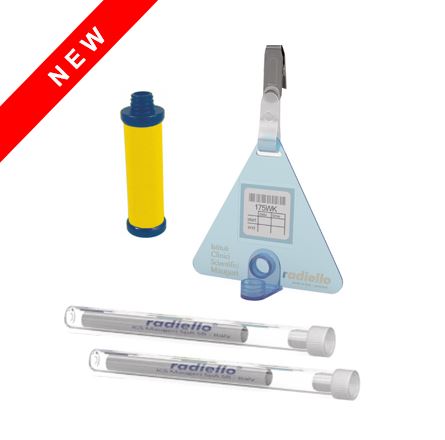
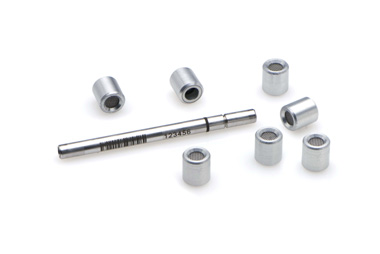
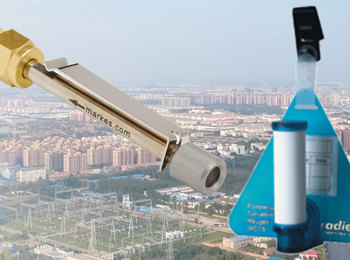
![Markes TD Brochure Hero3 Corepurple[2]](/media/zmscvqds/markes-td-brochure-hero3-corepurple-2.jpg?cc=0.55128205128205132,0,0,0&width=350&height=260&v=1d660d04edbcca0)
